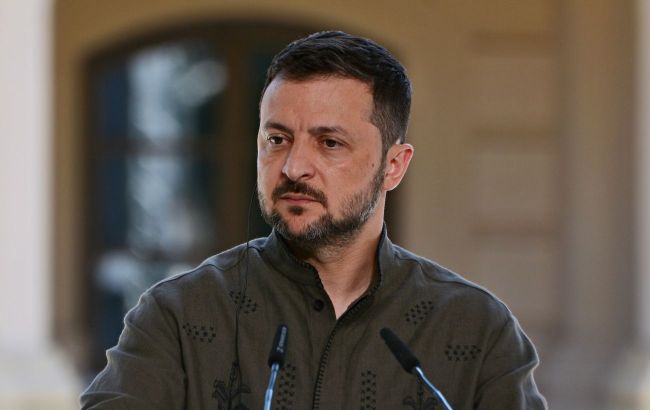Approval for long-range strikes helped, but pressure on Russia must be increased - Zelenskyy
 Photo: Ukrainian President Volodymyr Zelenskyy (Getty Images)
Photo: Ukrainian President Volodymyr Zelenskyy (Getty Images)
The US approval for long-range strikes on military targets in Russian territory has helped. However, pressure on the aggressor country must be maintained and increased at various levels, according to the evening address of Ukrainian President Volodymyr Zelenskyy.
Zelenskyy shared that today he had a phone conversation with NATO Secretary General Mark Rutte.
"Yesterday, we had a meeting of the Ukraine-NATO Council regarding Russia's use of a new ballistic missile. And today, Mark and I discussed the existing response options — the need to strengthen Ukraine's air defense. I named specific air defense systems that we need, which can be effective. These systems are available from our partners," he noted.
The president emphasized that the NATO summit decision in Washington regarding air defense and other supplies for the front has not been fully implemented yet.
"The recent approval of long-range strikes on military targets in Russia has been helpful. However, pressure on Russia must be maintained and increased at various levels. Russia must understand what war feels like," said the head of state.
Zelenskyy and Rutte also discussed contacts with America and other partners, coordinated work with them to fulfill the agreements already made, and the need for additional strengthening — both military and political.
"In particular, for the invitation of Ukraine to NATO — this is a strategic political step — an invitation that our people certainly deserve and which can truly help," the president added.
Permission for long-range missile strikes on Russia
On November 18, the United States authorized Ukraine to use ATACMS missiles for strikes on targets within Russian territory.
On the night of November 19, the Ukrainian Armed Forces (UAF) conducted their first attack on a military facility in the Bryansk region.
Additionally, the Biden administration approved strikes on Russian rear positions using Storm Shadow/SCALP cruise missiles, which contain American components.
According to media reports, similar permissions were granted by the governments of the United Kingdom and France, whose defense companies manufacture this type of missile, though their use was restricted to the Kursk region.
On November 20, it was reported that the UAF deployed Storm Shadow missiles against Russian territory for the first time.

